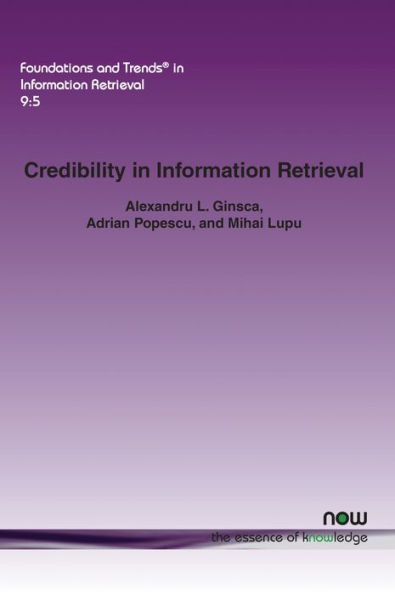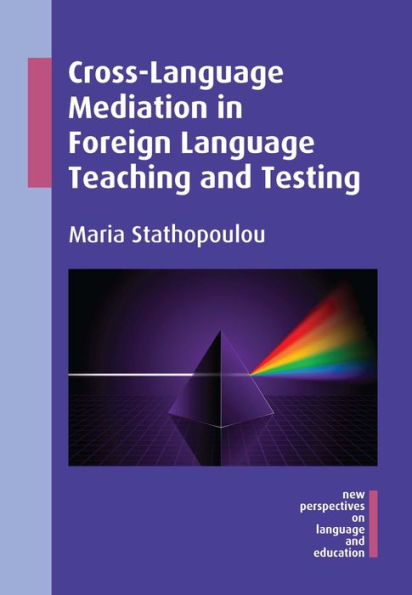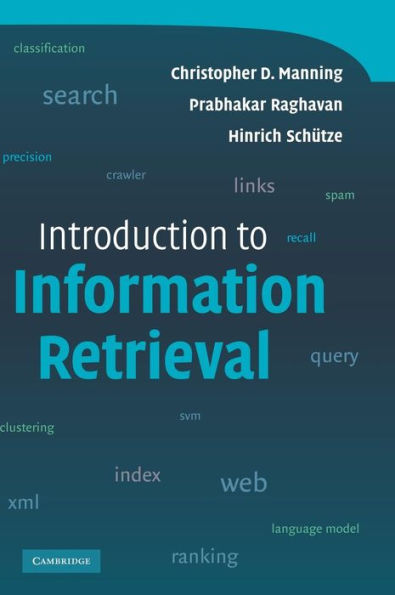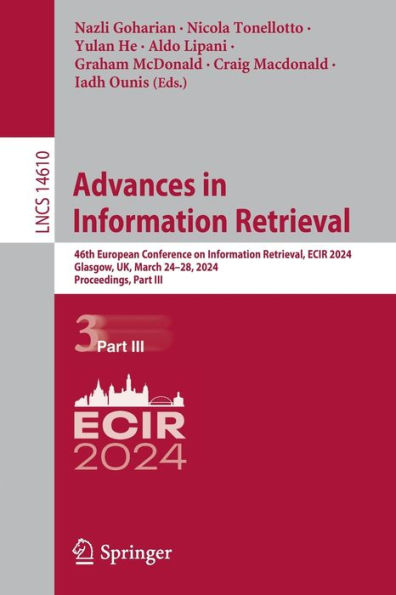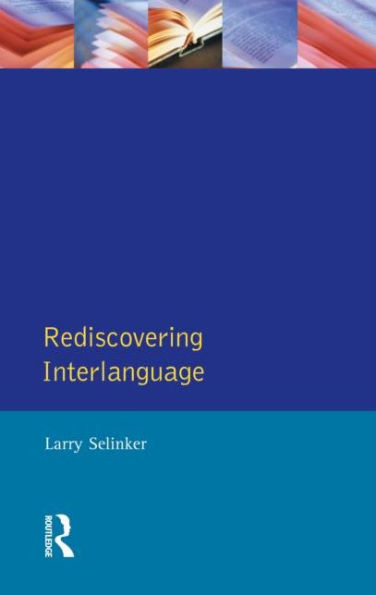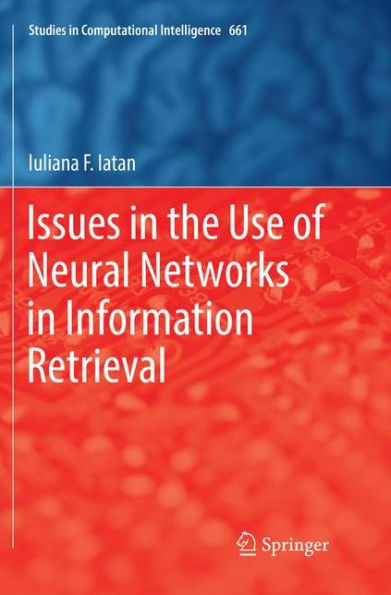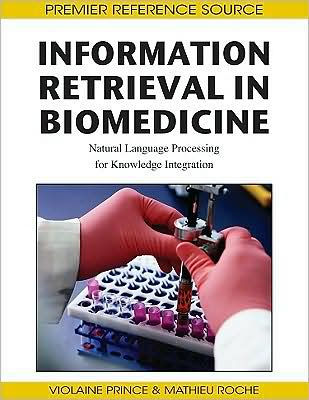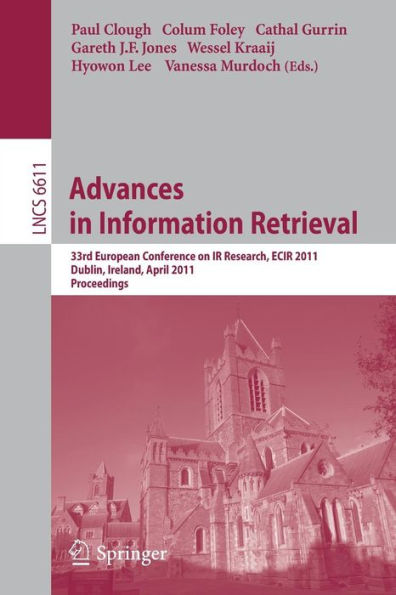Home
Cross-Language Information Retrieval
Barnes and Noble
Cross-Language Information Retrieval
Current price: $37.99
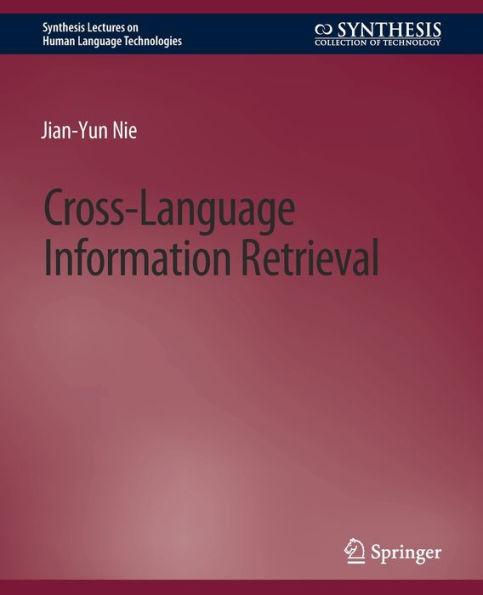

Barnes and Noble
Cross-Language Information Retrieval
Current price: $37.99
Size: OS
Loading Inventory...
*Product information may vary - to confirm product availability, pricing, shipping and return information please contact Barnes and Noble
Search for information is no longer exclusively limited within the native language of the user, but is more and more extended to other languages. This gives rise to the problem of cross-language information retrieval (CLIR), whose goal is to find relevant information written in a different language to a query. In addition to the problems of monolingual information retrieval (IR), translation is the key problem in CLIR: one should translate either the query or the documents from a language to another. However, this translation problem is not identical to full-text machine translation (MT): the goal is not to produce a human-readable translation, but a translation suitable for finding relevant documents. Specific translation methods are thus required. The goal of this book is to provide a comprehensive description of the specific problems arising in CLIR, the solutions proposed in this area, as well as the remaining problems. The book starts with a general description of the monolingualIR and CLIR problems. Different classes of approaches to translation are then presented: approaches using an MT system, dictionary-based translation and approaches based on parallel and comparable corpora. In addition, the typical retrieval effectiveness using different approaches is compared. It will be shown that translation approaches specifically designed for CLIR can rival and outperform high-quality MT systems. Finally, the book offers a look into the future that draws a strong parallel between query expansion in monolingual IR and query translation in CLIR, suggesting that many approaches developed in monolingual IR can be adapted to CLIR. The book can be used as an introduction to CLIR. Advanced readers can also find more technical details and discussions about the remaining research challenges in the future. It is suitable to new researchers who intend to carry out research on CLIR. Table of Contents: Preface / Introduction / Using Manually Constructed Translation Systems andResources for CLIR / Translation Based on Parallel and Comparable Corpora / Other Methods to Improve CLIR / A Look into the Future: Toward a Unified View of Monolingual IR and CLIR? / References / Author Biography
